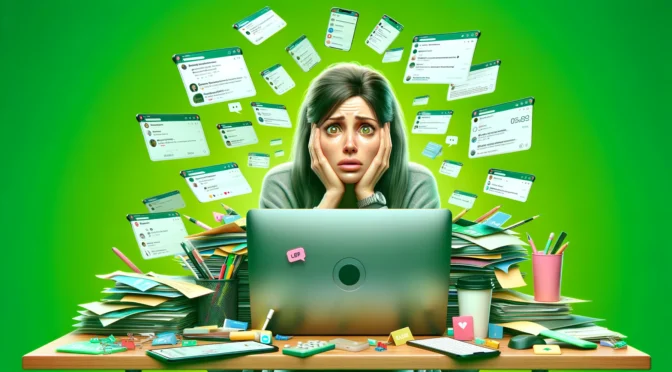BLOG
Understanding the Customer Journey

What is the customer journey?
How well do you know the customer journey? Understanding the customer journey helps us to cater to the specific needs of their customer at each touchpoint, and provides a personalised experience for each buyer. It ultimately has two purposes: creating value for the customer, and building customer trust in our organisation.
Without touchpoints, it would be tricky to track and understand the customer journey. There are multiple touchpoints along the way, from acquisition all the way to retention. Having a strong understanding of the customer journey and what is required at each stage means we are less likely to lose customers before they make a purchase decision.
Remember that in this journey, personalisation is key. Each phase involves a different approach to the content style, tone of voice, and type of experience you’re trying to create in order to attract, engage and delight customers. Omnichannel marketing can come into play here, because it makes it easier to target prospects across multiple phases in order to create value in their lifecycle.
What are the phases in the customer journey?
1. Awareness
The first phase of the customer journey is awareness. This is where your brand communicates a problem to the customer that your specific product or service can solve — highlighting a need, and offering a solution.
At this starting point of the customer journey, customers are seeking educational content to learn more about their problem and research the best possible solution. To guide them to the information they want, in this phase your content should focus on the benefits of your products rather than advocating for the products themselves.
2. Consideration
In this second stage, the customer is already aware of your brand. They’re usually in the process of researching and comparing your products with your competitors’ products in order to find the perfect fit for them.
In order to gain a high conversion rate in this phase, it’s important to continuously engage with your audience and nudge them along the journey towards a purchase decision. Engaging with your audience might look like posting blogs, or conducting email nurture campaigns and webinars. In general, customers tend to actively respond to and engage with brands that provide them with entertainment and information, or that create a need.
3. Decision
In this third phase of the journey, the customer is now a marketing-qualified lead. Customers who fill out contact forms automatically enter this phase, since they’ve actively chosen to engage with your organisation and the products or services you’re offering.
Customers in this phase are highly likely to engage with your sales team to seek more information about how your offering might benefit them if they were to purchase. To move customers along this phase, it’s worth showcasing successful case studies with strong testimonials, as well as investing in good sales processes. A solid sales process helps build a good relationship and rapport wih the customer in order to solidify their purchase decision.
4. Retention
This phase occurs after the sale has been made. By re-engaging with customers in this phase, we are likely to increase their lifecycle value and loyalty to our organisation and offering.
This phase in the customer journey is a great time to introduce loyalty programs to help retain customers. Any product changes or new offerings from this point onwards should be clearly communicated to this audience, because regular communication that makes a customer feel appreciated and looked after has been shown to increase customer engagement. Retention of existing customers has proven to be more cost-effective than customer acquisition.
5. Advocacy
The final phase of the customer journey involves happy customers becoming advocates for a positive consumer experience with your organisation. These vocal supporters build trust amongst the target audience and form the backbone of any organisation’s word-of-mouth marketing, which remains one of the most trusted forms of promotion even in the increasingly digital landscape.
To move customers to this phase, we must understand that they are more likely to advocate for a brand if they feel that their values are aligned. These loyal advocates are examples of successful case studies which can help drive the purchase decisions of other potential customers. Satisfied customers bring about more prospects who are further down the funnel, because they’re closer to the consideration phase.
What can we learn from the customer journey?
In order to create a personalised, omnichannel experience based on your customer journey map, it’s important to plan out a variety of different customer journeys and buyer personas. Effective customer journey mapping requires an investment in fantastic marketing automation software such as Adobe Marketo, Hubspot, Salesforce Marketing Cloud or Pardot, which easily enhances and enacts the customer journey map that you’ve so carefully created.













